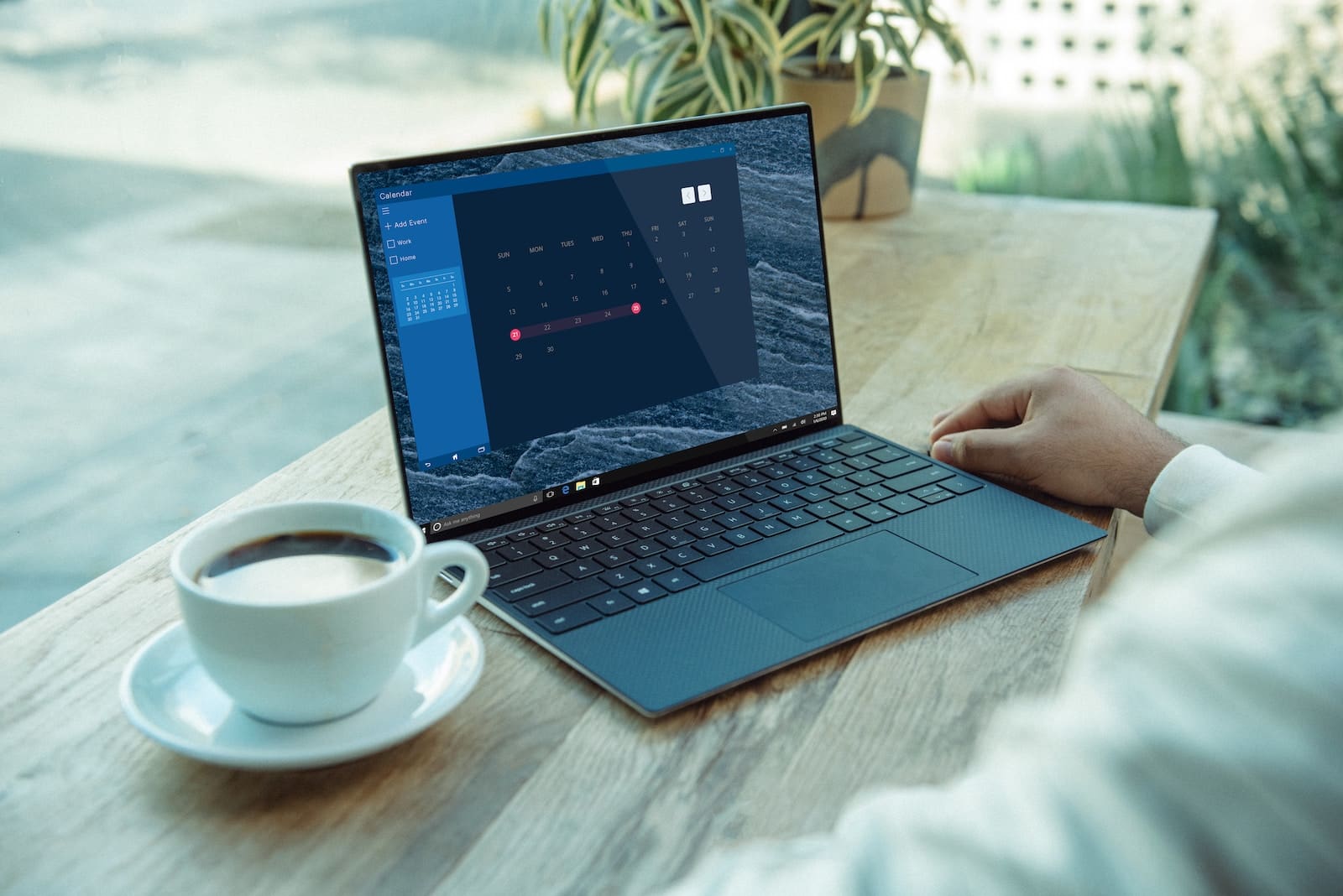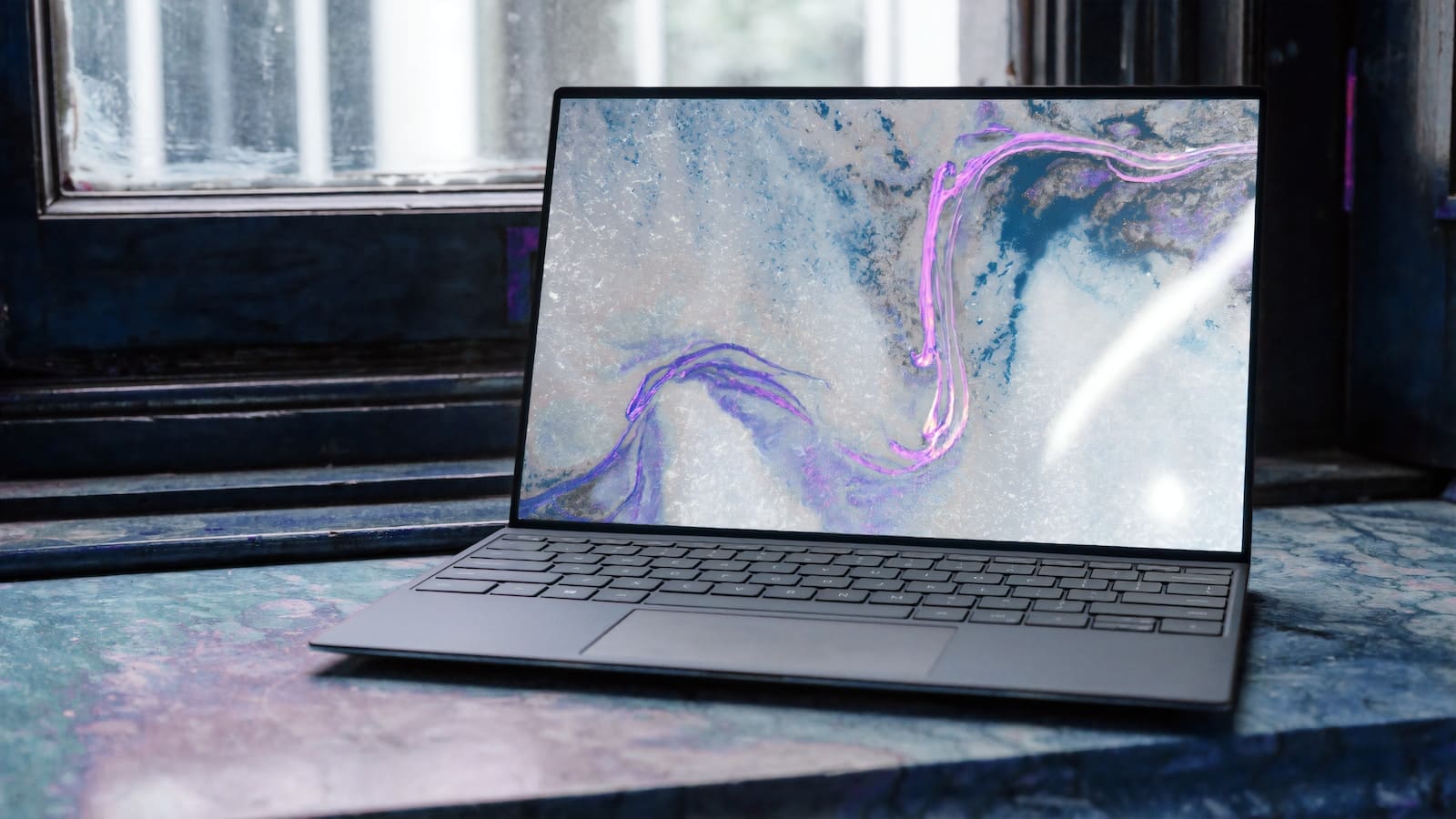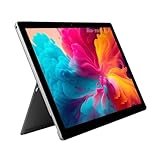Various laptop brands pop into our minds when speaking of a high-performing laptop. But, the ultimate choice we make depends on the type of work we have to do, display quality, audio, battery life, storage capacity, etc.
Microsoft Surface and Dell XPS are very popular series when it comes to personal computers and even tablets for our day-to-day work.
Key Takeaways
- Microsoft Surface devices include detachable keyboards, offering versatility between laptop and tablet modes, while Dell XPS laptops have fixed keyboards.
- Microsoft Surface devices have higher-resolution touchscreens, allowing for precise inputs and better visuals, whereas Dell XPS screens focus more on color accuracy and performance.
- Dell XPS laptops provide more powerful hardware configurations, making them more suitable for demanding tasks and gaming, whereas Microsoft Surface devices prioritize portability and convenience.
Microsoft Surface vs Dell XPS
Microsoft Surface is a type of touchscreen-based personal computer and interactive whiteboard. It runs on the Windows OS and is designed to offer a high-quality user experience. Dell XPS is a type of laptop known for its sleek design, high-end hardware specifications, and long battery life.

There is a variety of personal computer and laptop models in the Microsoft Surface, Surface Book, and Surface Pro series. All these models run in the Windows operating system except Microsoft Surface Duo which runs on Android.
All the models that are available currently in this series either run on Windows 10 or Windows 11 OS.
The XPS series has been in the market for quite a long time now. Earlier in the 2000s, the demand for the series started dropping, but Dell made a comeback in 2005 mainly to give tough competition to Alienware and Falcon Northwest.
The XPS series has launched several models in the past two decades and among them, XPS 13 and XPS 15 won the Computex d&i awards 2016.
Comparison Table
| Parameters of Comparison | Microsoft Surface | Dell XPS |
|---|---|---|
| Launch | The first generation of the Microsoft Surface series was released in October 2012. | The first two versions of Dell XPS were released in 1993 but they got lost in the competition and were revamped in 2005. |
| Configuration | The latest Microsoft Surface laptops are available for 8GB, 16GB, and 32GB RAM and up to 1TB SSD. | The latest Dell XPS product has 8GB, 16GB, 32GB, and 64GB RAM variations and storage up to 4TB SSD. |
| Display | Microsoft Surface has less brightness than the recent Dell XPS models but colors pop out more. | The recent models of Dell XPS have an average brightness of 469 nits but are less colorful. |
| Processor | Both AMD and Intel processors are available. | Different generations of Intel processors are available. |
| Battery Life | Microsoft Surface has better battery life than Dell XPS and can stretch up to 17.5 hours for AMD processors. | Dell XPS has less battery life than Microsoft Surface and can run at the max for 13.5 hours. |
| Keypad | It has a larger touchpad with a more silky touchpad. | Smooth and quick response but the size is a bit smaller. |
| Ports | Microsoft Surface laptops have a USB 3.1 Type C port but without Thunderbolt support. | Though the latest model of Dell XPS lacks a USB-A port, it has Thunderbolt 4 port on both sides. |
What is Microsoft Surface?
The Microsoft Surface series has ten different product lines.
This includes the Surface computers (featuring PixelSense Technology), the Surface Go hybrid tablets, Surface Pro hybrid tablets, Surface Laptop, Surface Laptop Go, Surface Book, Surface Laptop Studio,
Surface Studio, Surface Hub, Surface Neo, and Surface Duo.
Each product line has various models with advancements in technology. Some of the latest Microsoft Surface products are the Surface Go 3 (Windows 11), Surface Pro 8 (Windows 11), Surface Laptop 4 (Windows 10), and many more.
When the early products of the Surface line were rolled out in the market, the models had an aspect ratio of 16:9. But with the third generation of the Surface and Surface Pro, the company has changed the orientation to 3:2.
The latest models feature a multi-tech technology that has ten touch points and Gorilla Glass. The Surface devices have various internal storage capacities maximum up to 1TB.
The laptops have Bluetooth version 4 and the Wi-Fi standards that are supported are 802.11 a/b/g/n/ac.
Microsoft Surface product line is one of the most versatile series of laptops and tablets one will come across. Its various models are suitable for a wide range of customers.
They have very powerful processors within a thin and light machine making them easy to carry for outdoor work.

What is Dell XPS?
Various models of Dell XPS laptops became very popular in different phases of time. For example, during the late 2000s, Dell XPS M1730 became very popular as a gaming laptop.
The model featured NVIDIA GeForce 8800M in SLI and good graphics extremely important for gaming laptops. This model just pumped up all the gamers and gave them a sneak peek of the true potential of a gaming laptop.
The laptop also offered good cooling and low noise emissions.
In the next decade, Dell XPS 13 became somewhat of a sensation. Made with aluminum and carbon fiber, the ultrabook weighed 1.36kg.
The model was powered by Intel Sandy Bridge CPUs and later upgraded to Intel Ivy Bridge processors. With this model, Dell tried hard to give strong competition to Asus ZenBook and MacBook Air, but the display was mediocre compared to these brands.
So, Dell upgraded its display to a 1080p IPS panel and in 2014 introduced touchscreen and Intel Haswell processors.
Dell also introduced another product line in the XPS series, that is, Dell XPS 15. The laptop of this series was the first to use a 37 W Intel Core i7-4700HQ Haswell processor.
Models with this configuration offered better performance than ULV CPUs in the Dell XPS 13 product line. It also offered good graphics and higher battery life.

Main Differences Between Microsoft Surface and Dell XPS
- The Dell XPS series first hit the market in the early 1990s whereas the Microsoft Surface series was launched almost two decades after that.
- Microsoft Surface series has comparatively lesser options in storage capacities as compared to the latest Dell XPS models.
- Microsoft Surface laptops and tablets have less brightness than Dell XPS laptops but the color pop is more in Surface models than XPS.
- Microsoft Surface uses both AMD and Intel processors whereas Dell XPS uses only Intel processors.
- Microsoft Surface has better battery life than the Dell XPS series.
- In some of the latest models of Microsoft Surface, the touchpad is a bit bigger than Dell XPS and for some users, it is easy to handle.
- Microsoft Surface has a port with Thunderbolt support whereas it is present in Dell XPS.
- https://dl.acm.org/doi/abs/10.1145/1517664.1517717?casa_token=NrX4N_JF3isAAAAA:rxSzzXiJiNDHNfIA3pwUg2jVjzYPtQO33TYb9w-bRS8ZLROilZjeLvtH5e3zEz9VZe6L85XYJh9uKA
- https://ieeexplore.ieee.org/abstract/document/8999266/




